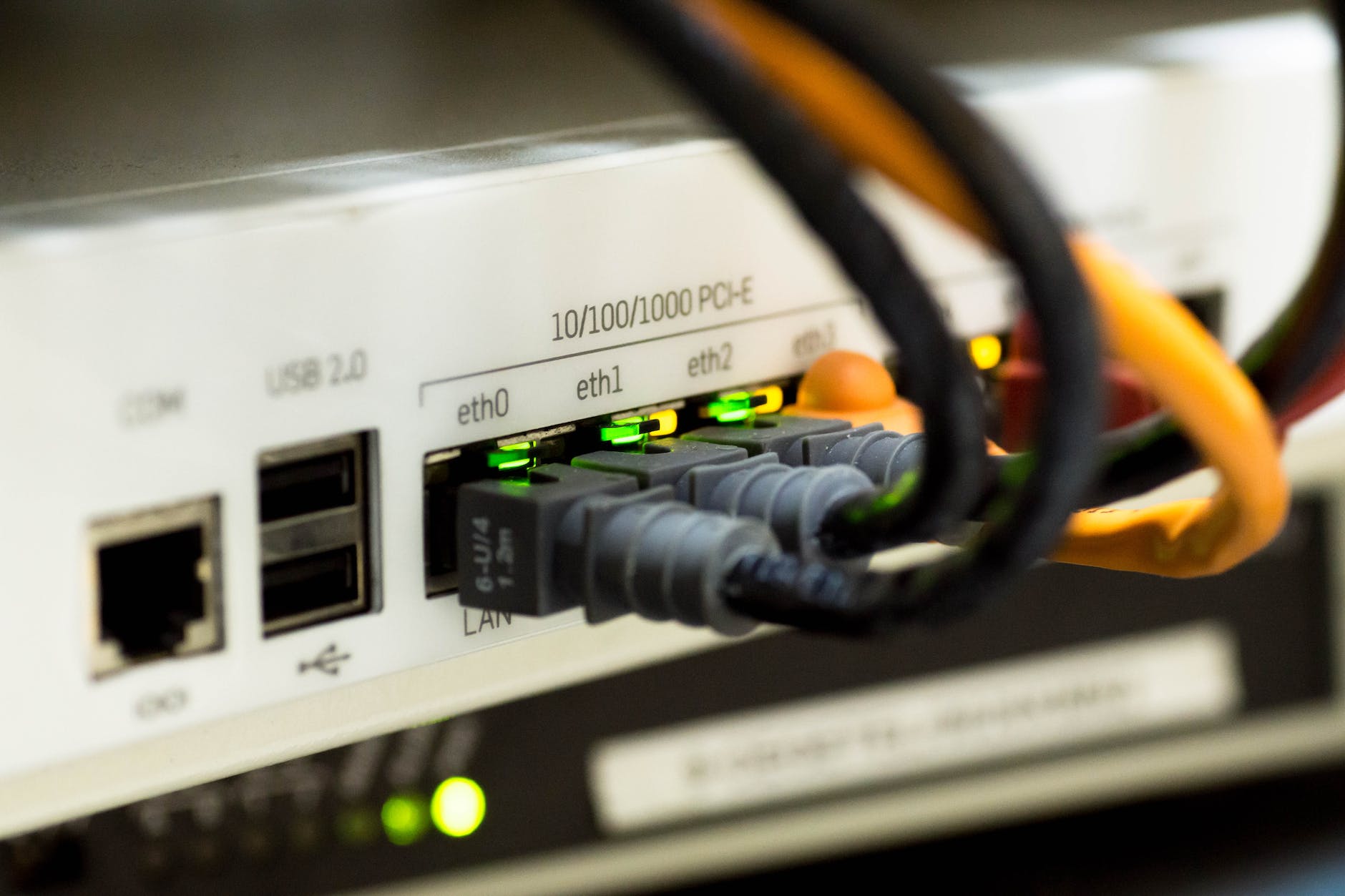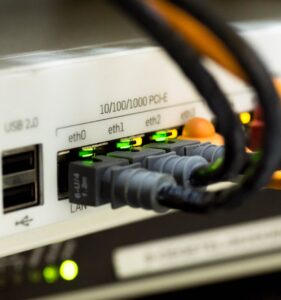The Internet of Things (IoT) is a term used to describe a network of physical devices, vehicles, buildings, and other items embedded with electronics, software, sensors, and connectivity that enables these objects to collect and exchange data. The IoT has emerged as a revolutionary technology that is changing the way we live, work, and play. In this chapter, we will explore the power and potential of the IoT and how it is transforming various industries.
The IoT has a vast array of applications that are already impacting various industries, such as healthcare, transportation, manufacturing, and agriculture. For example, in healthcare, IoT devices are used to monitor patients’ vital signs, track medication adherence, and provide remote patient monitoring. In transportation, IoT sensors are used to optimize traffic flow, improve safety, and enhance the overall driving experience. In manufacturing, IoT sensors are used to monitor and optimize production processes, reduce downtime, and improve product quality. In agriculture, IoT sensors are used to monitor soil moisture, optimize irrigation, and improve crop yield.
The power of the IoT lies in its ability to connect people, data, and devices, creating a vast network of interconnected systems. This connectivity provides new opportunities for innovation and collaboration, enabling organizations to create new business models and revenue streams. For example, in the automotive industry, IoT connectivity has enabled the development of connected cars that can communicate with each other and with other systems, providing new opportunities for vehicle safety, entertainment, and convenience.
The IoT also has the potential to transform the way we live our lives. Smart homes, for example, are becoming increasingly popular, allowing homeowners to control their lights, temperature, and security systems from their smartphones. Wearable devices, such as smartwatches, are also becoming increasingly popular, enabling people to monitor their health, track their fitness, and receive notifications and alerts.
However, the IoT also presents significant challenges, such as security and privacy concerns. With so many devices connected to the internet, the potential for data breaches and cyberattacks is significant. Therefore, it is essential to implement robust security protocols and ensure that devices are regularly updated and maintained.
Another significant challenge of the IoT is the interoperability of devices. With so many different devices and protocols, it can be challenging to ensure that they can all communicate and work together seamlessly. Therefore, standardization and interoperability must be a key consideration when developing IoT solutions.
In conclusion, the IoT has enormous power and potential to transform the way we live, work, and play. From healthcare to transportation, manufacturing to agriculture, the IoT is already changing various industries, and the possibilities for innovation and collaboration are endless. However, as with any technology, there are also significant challenges that must be addressed to ensure that the benefits of the IoT are realized while minimizing the risks.
IoT products and applications
The Internet of Things (IoT) has a vast array of products and applications that are already transforming various industries. Here are some examples of IoT products and applications:
- Smart Home Devices – These are IoT devices that are used to automate and control home appliances, lighting, and security systems. Some popular examples of smart home devices include smart thermostats, smart lights, smart locks, and smart security cameras.
- Wearable Devices – These are IoT devices that are worn on the body and used to monitor health, fitness, and other personal data. Examples of wearable devices include smartwatches, fitness trackers, and health monitors.
- Connected Cars – These are vehicles that are equipped with IoT technology to connect to the internet and communicate with other vehicles and systems. Examples of connected car features include GPS navigation, infotainment systems, and advanced driver assistance systems (ADAS).
- Smart Cities – These are cities that use IoT technology to optimize and manage various systems, such as transportation, energy, and public services. Examples of smart city applications include smart traffic management systems, smart energy grids, and smart waste management systems.
- Industrial IoT – This refers to IoT technology that is used in industrial settings to optimize production processes and improve operational efficiency. Examples of industrial IoT applications include predictive maintenance systems, remote asset monitoring systems, and supply chain optimization systems.
- Healthcare IoT – This refers to IoT technology that is used in healthcare settings to monitor patients, track medication adherence, and provide remote patient monitoring. Examples of healthcare IoT applications include wearable health monitors, remote patient monitoring systems, and smart hospital rooms.
- Agriculture IoT – This refers to IoT technology that is used in agriculture settings to optimize irrigation, monitor soil moisture, and improve crop yield. Examples of agriculture IoT applications include soil moisture sensors, weather sensors, and automated irrigation systems.
The environmental impact of Internet of Things (IoT)
The Internet of Things (IoT) has the potential to have both positive and negative environmental impacts. On one hand, IoT technology can be used to improve the efficiency of various systems, reduce waste, and optimize resource usage. On the other hand, the widespread adoption of IoT technology could also lead to increased energy consumption, e-waste, and environmental pollution.
Here are some of the environmental impacts of IoT technology:
- Energy Consumption – IoT devices require energy to operate and transmit data, which can increase energy consumption. This is especially true for battery-powered IoT devices, which may require frequent charging. However, some IoT applications, such as smart home and industrial IoT systems, can also be used to optimize energy usage and reduce waste.
- E-waste – The widespread adoption of IoT technology could lead to an increase in e-waste, as devices become obsolete or require replacement. The disposal of electronic waste can have negative environmental impacts, as it often contains toxic materials that can pollute the environment.
- Resource Optimization – IoT technology can be used to optimize resource usage and reduce waste in various industries, such as agriculture, manufacturing, and transportation. For example, IoT sensors can be used to monitor soil moisture and optimize irrigation in agriculture, reducing water usage and increasing crop yield.
- Environmental Monitoring – IoT technology can also be used for environmental monitoring, such as air quality monitoring, water quality monitoring, and wildlife tracking. This can help identify environmental issues and inform conservation efforts.
- Supply Chain Optimization – IoT technology can be used to optimize supply chain logistics, reducing waste and increasing efficiency. For example, IoT sensors can be used to monitor inventory levels and optimize shipping routes, reducing the carbon footprint of the supply chain.
In conclusion, the environmental impact of IoT technology depends on how it is used and implemented. While IoT technology has the potential to improve resource usage and reduce waste in various industries, it is important to consider the potential negative impacts, such as energy consumption and e-waste. Therefore, it is essential to implement sustainable practices and ensure that IoT devices are disposed of responsibly to minimize their environmental impact.
The future of the IoT
The Internet of Things (IoT) is a rapidly evolving technology, and the future of IoT is both exciting and challenging. Here are some of the trends that are likely to shape the future of the IoT:
Edge Computing
Edge computing is a technology that allows data processing and analysis to be performed closer to the source, rather than in the cloud. This can reduce latency, improve efficiency, and enhance privacy and security. In the future, edge computing is likely to become more prevalent in IoT applications, particularly in industrial and healthcare settings.
5G Connectivity
5G is the fifth generation of wireless connectivity, which promises faster speeds, lower latency, and increased reliability. 5G connectivity is likely to enable new IoT applications that require high-speed data transfer and low latency, such as autonomous vehicles, augmented and virtual reality, and remote surgery.
AI and Machine Learning
Artificial intelligence (AI) and machine learning (ML) are likely to play an increasingly important role in IoT applications. AI and ML can be used to analyze and interpret vast amounts of data collected by IoT devices, enabling more accurate predictions and insights.
Blockchain
Blockchain is a technology that enables secure and transparent transactions, and it is likely to become more prevalent in IoT applications. Blockchain can be used to secure IoT devices and data, prevent fraud, and enable new business models.
Privacy and Security
Privacy and security will continue to be major concerns for IoT applications, particularly as the number of connected devices increases. In the future, it is likely that there will be more emphasis on developing secure and privacy-enhancing technologies, such as homomorphic encryption and secure enclaves.
Sustainability
The sustainability of IoT technology is likely to become an increasingly important consideration in the future. This includes reducing the energy consumption of IoT devices, developing more sustainable materials and manufacturing processes, and implementing circular economy principles for IoT devices and components.
The future of the IoT is likely to be shaped by technological advancements such as edge computing, 5G connectivity, AI and machine learning, and blockchain, as well as ongoing concerns around privacy, security, and sustainability. As IoT technology continues to evolve, it is essential to consider the potential benefits and challenges, and work towards developing IoT applications that are secure, sustainable, and beneficial to society.


